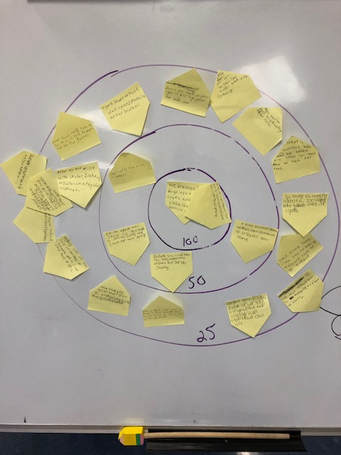"Push-in."
A quick search on my favorite image site (www.pixabay.com) brought up these images.
If you'd like to join me in banning this negative word from our discussions, consider any of the alternatives to describe your service:
- in-class support
- inclusive instruction
- inclusion
- collaboration
- collaborative teaching
- collaborative consultation
- Tier 1 collaboration
- inclusive SDI
Let's change the image!






 RSS Feed
RSS Feed